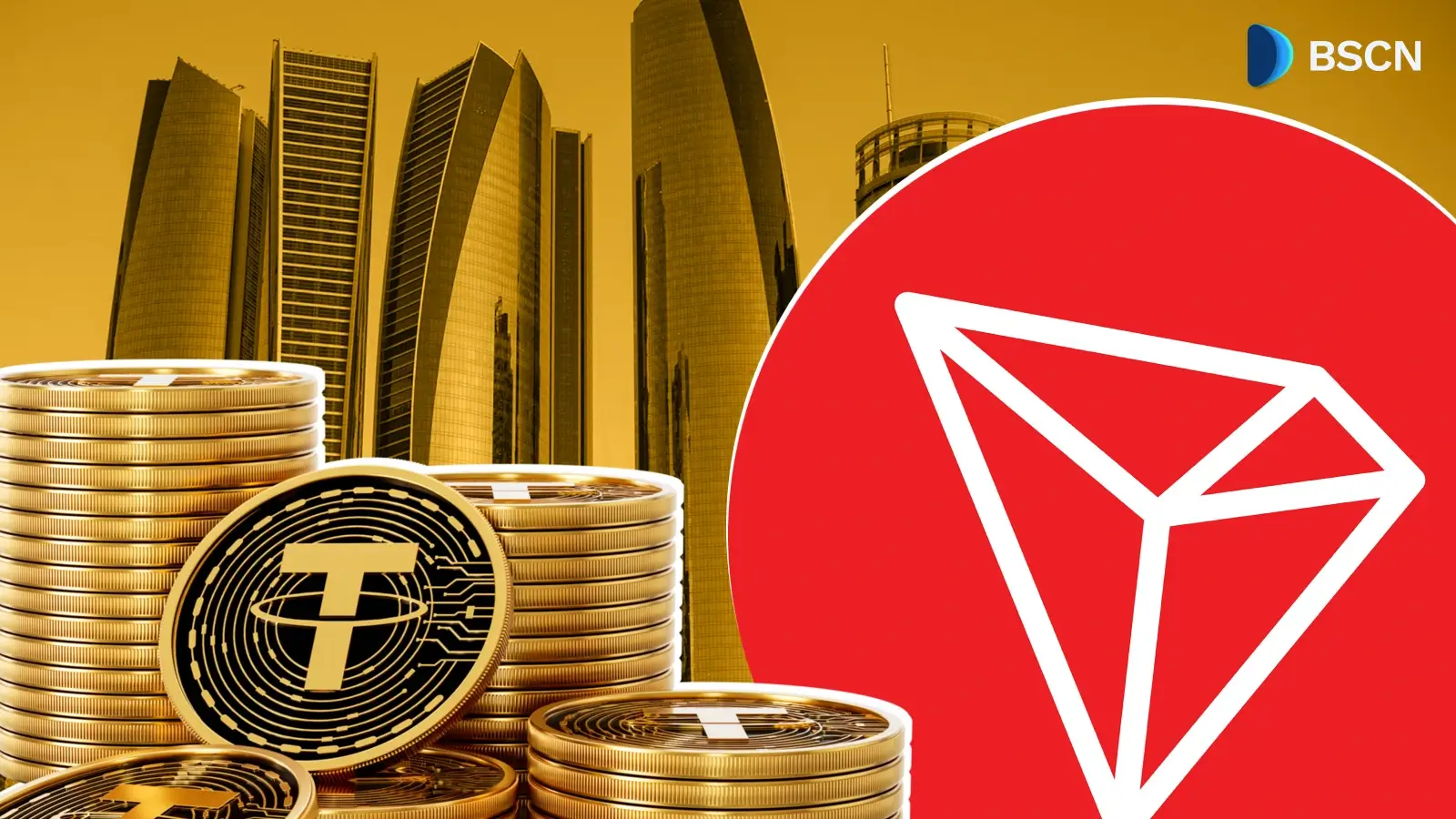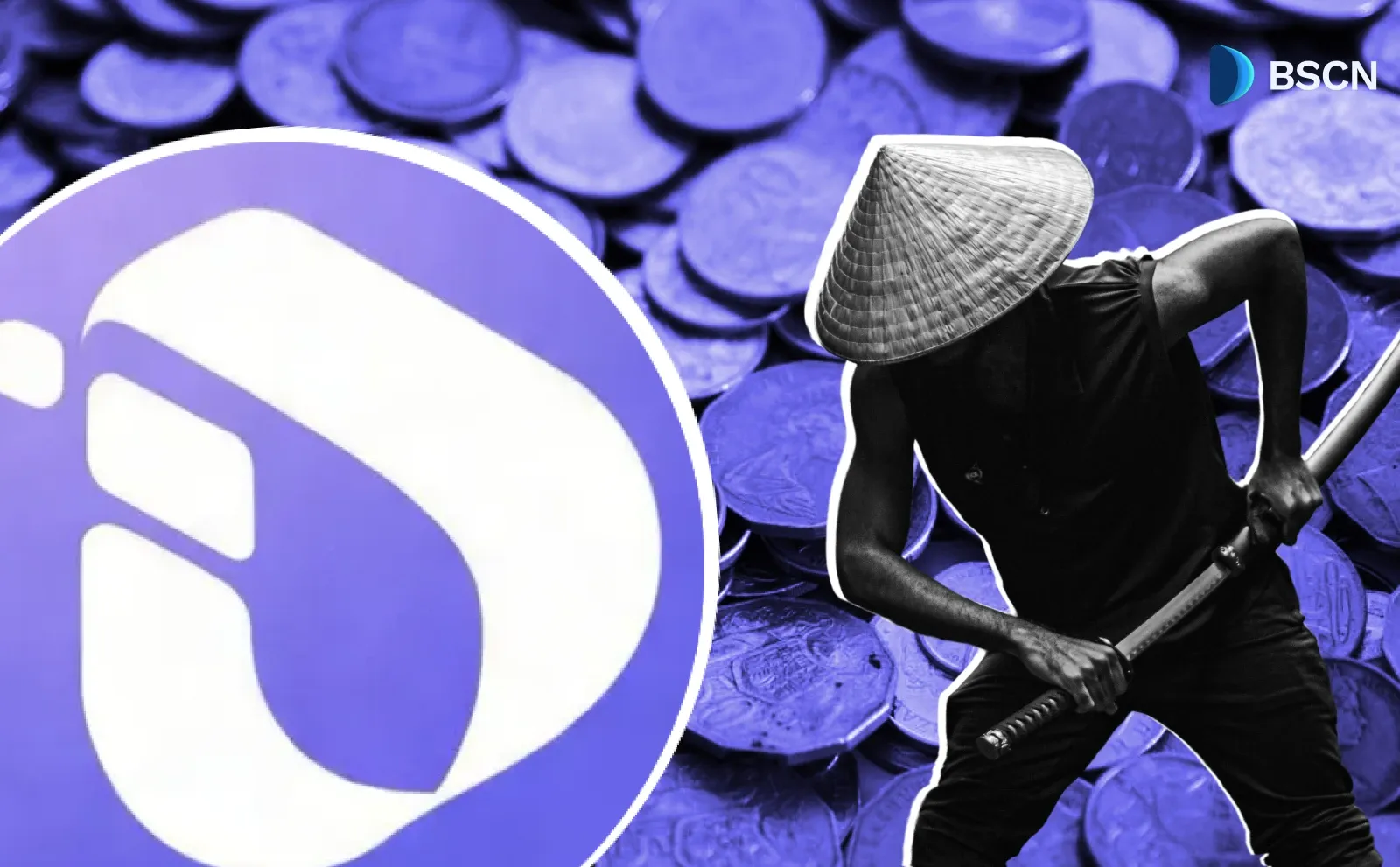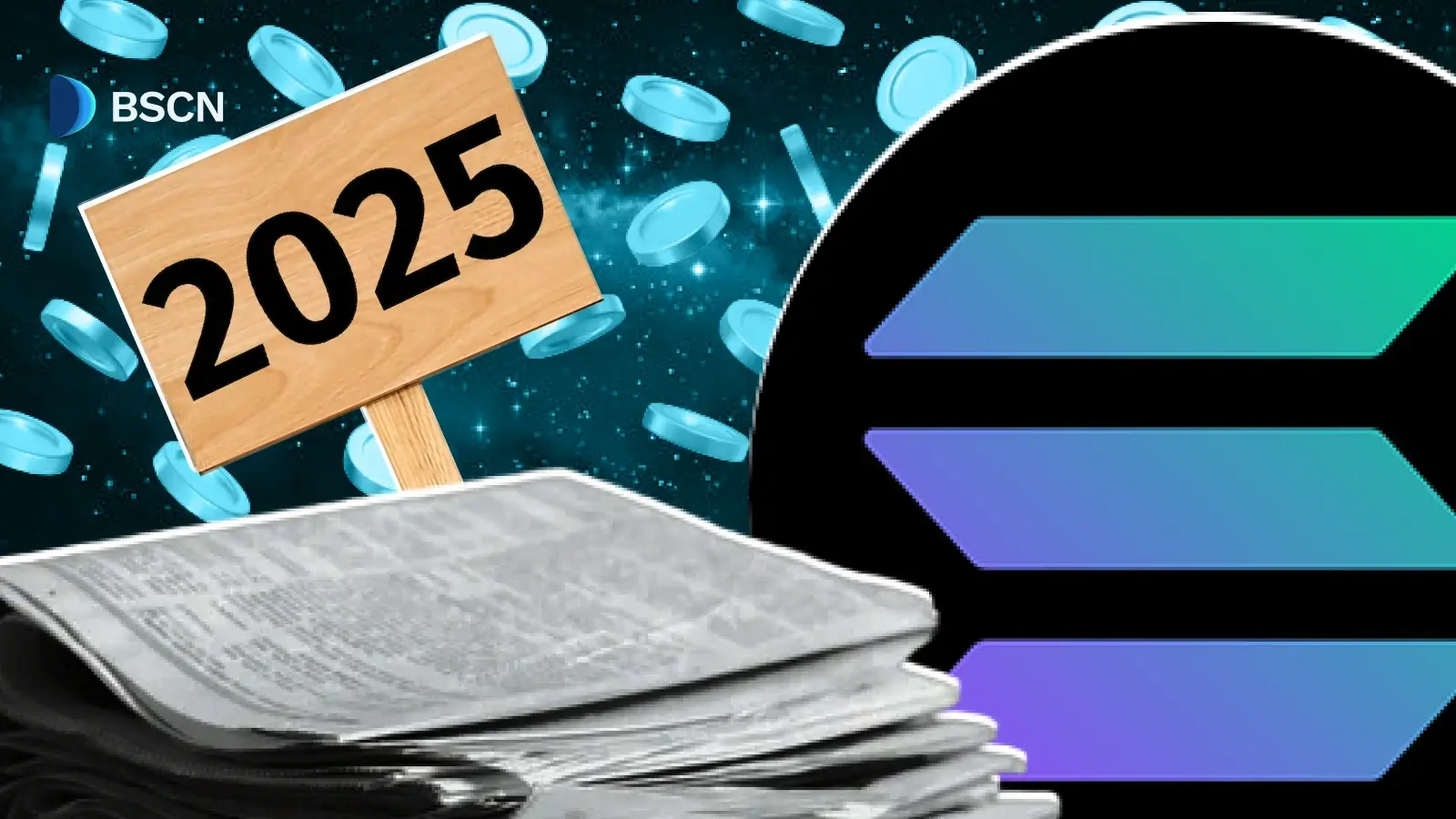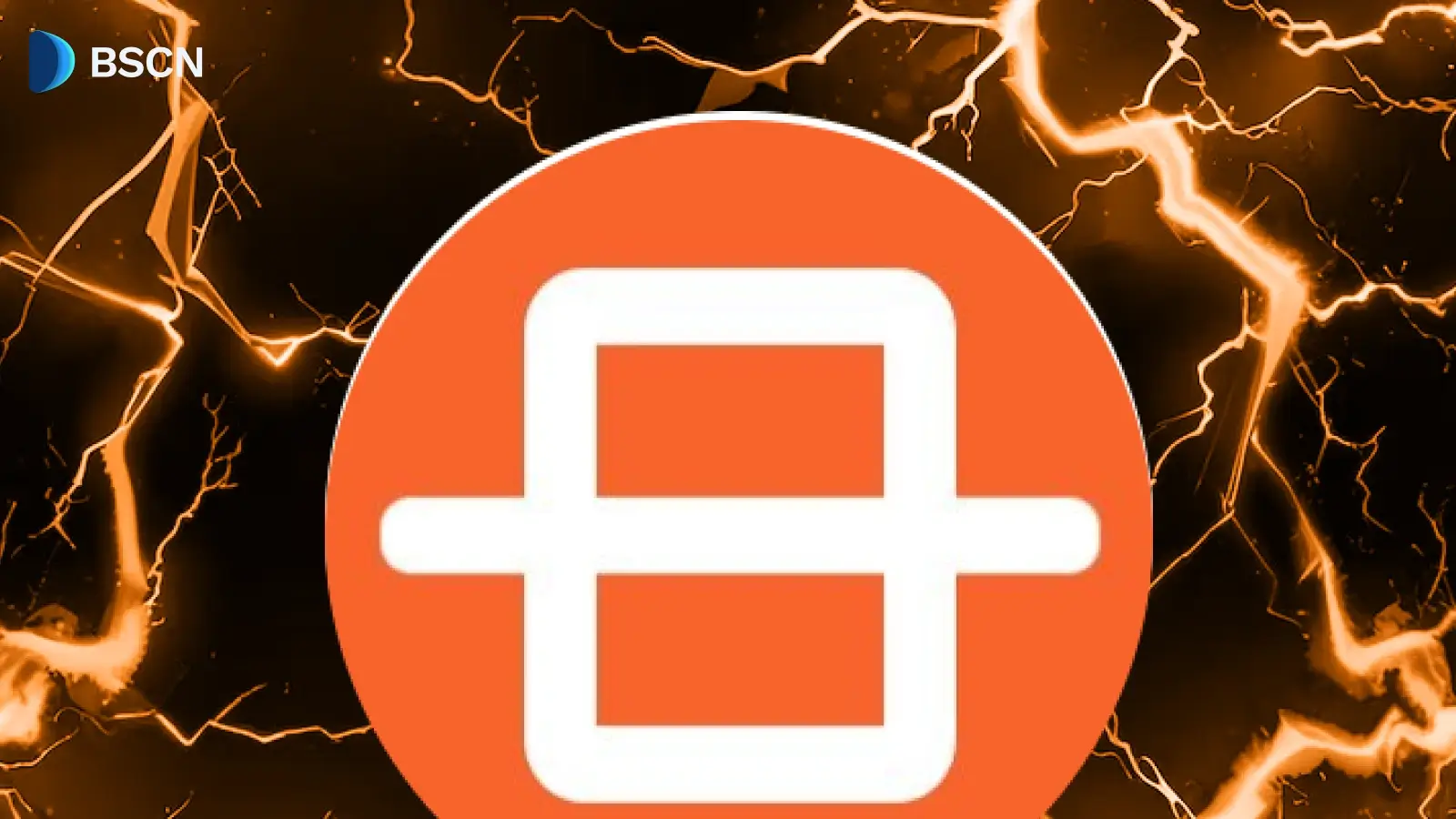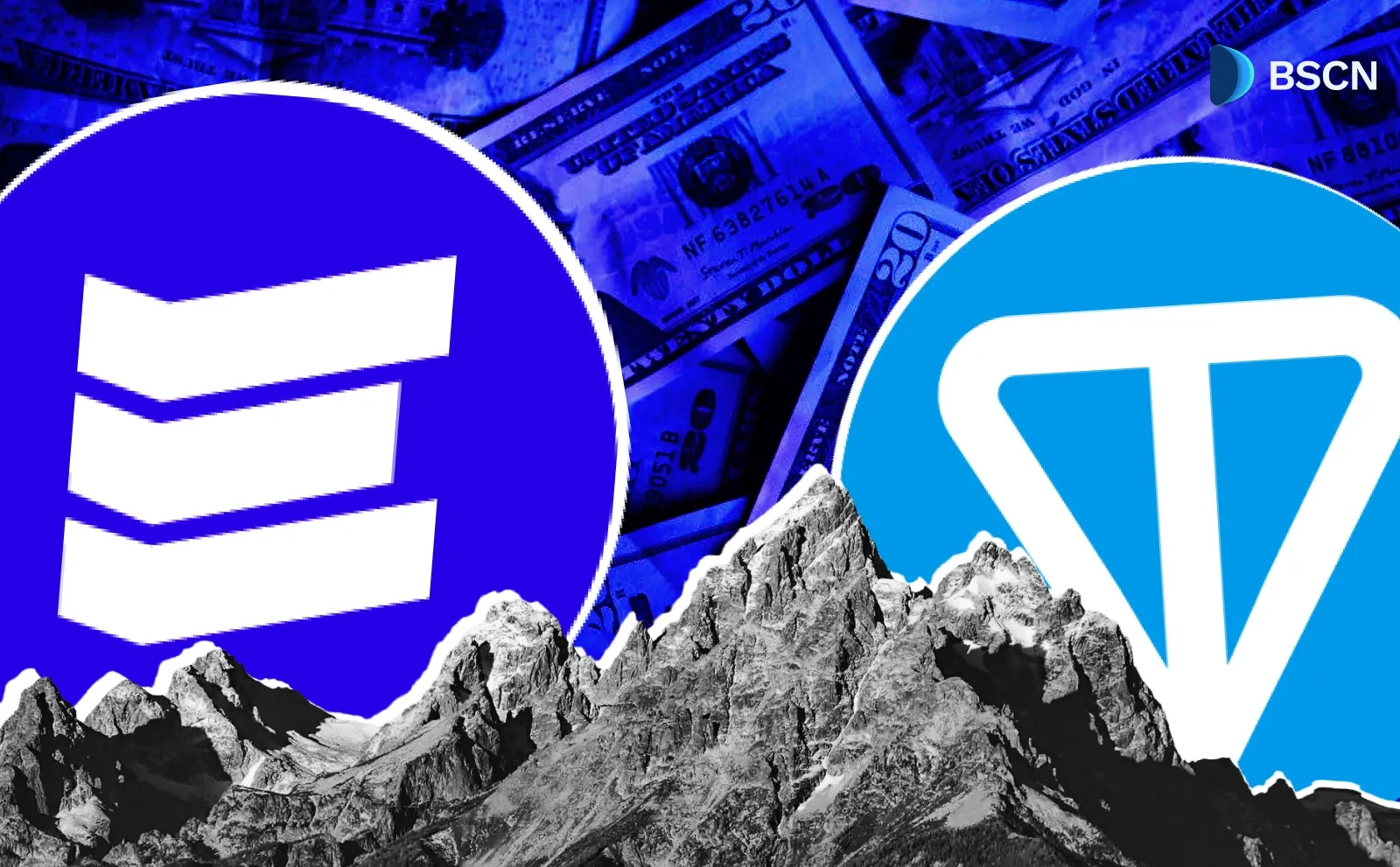News
(Advertisement)
Kaspa Community Developer Proposes Quantum-Resistant Wallet Upgrade

A Kaspa developer proposes a wallet upgrade to resist quantum attacks by adopting P2PKH-Blake2b-256-via-P2SH addresses.
Soumen Datta
August 21, 2025
(Advertisement)
Table of Contents
Kaspa developer suggests wallet upgrade to counter quantum risks
A Kaspa community developer who goes by bitcoinSG, has proposed a quantum-resistant wallet upgrade aimed at protecting the network from potential threats posed by quantum computing. The proposal, published on GitHub, introduces a shift from the current Pay-to-Public-Key (P2PK) address format to P2PKH-Blake2b-256-via-P2SH, a design that conceals public keys until funds are spent.
Unlike consensus-level changes, this proposal works at the wallet layer, making it backward-compatible and voluntary. Users, wallets, and exchanges could adopt the new format without requiring a hard fork. If implemented, Kaspa would become one of the first Layer-1 blockchains to roll out a practical strategy against quantum risks.
Why quantum computing matters for Kaspa
The main concern addressed by the proposal is the potential use of Shor’s algorithm, a quantum algorithm capable of breaking elliptic curve cryptography (ECC). Kaspa, like most modern blockchains, currently relies on ECC for transaction security.
Kaspa’s current P2PK address format exposes public keys when funds are deposited. If quantum computers become powerful enough—projections suggest a 10–15 year window—adversaries could derive private keys from exposed public keys and take control of funds.
By moving to P2PKH-Blake2b-256-via-P2SH addresses, Kaspa would:
- Hide public keys until funds are spent
- Reduce exposure to quantum-based attacks
- Avoid disrupting consensus rules
- Maintain compatibility with existing infrastructure
How the proposed wallet upgrade works
The new format uses Pay-to-Script-Hash (P2SH) addresses, which reference a hashed script instead of exposing the public key upfront.
Spending from a new address requires three steps:
- A Schnorr signature
- The Blake2b-256 hash of the redeem script
- The unlock script (scriptSig)
Validation involves:
- Verifying the provided script hash matches the address
- Executing the redeem script, which reveals the public key only when spending occurs
- Confirming the signature with the revealed key
This approach ensures that public keys are not visible until necessary, reducing the attack surface for quantum adversaries.
Implementation strategy
The developer outlined a three-phase rollout plan:
Phase 1: Wallet Layer Upgrade
- Wallets begin generating P2PKH-Blake2b-via-P2SH addresses by default
- SDKs and CLI tools updated for compatibility
- Wallet interfaces explain the quantum protection to users
Phase 2: Ecosystem Integration
- Exchanges and custodians add support for the new address format
- New addresses whitelisted and accepted across the ecosystem
- Clear communication on the security benefits
Phase 3: Legacy Address Deprecation
- Gradual phase-out of P2PK addresses
- Warnings in wallet UIs about exposure risks
- Optional prompts reminding users of quantum vulnerabilities
The transition is expected to take 1–3 months, with minimal additional costs in terms of script size or transaction overhead.
Economic and technical impact
The proposal emphasizes that this upgrade adds only a small increase in transaction size compared to P2PK. There is no protocol overhead—meaning block structure, consensus, and mempool logic remain unchanged.
Key points include:
- Backward compatibility: Both legacy and upgraded addresses can coexist
- No mining changes: Node and miner software remain untouched
- Low cost trade-off: Slightly larger transactions in exchange for stronger long-term protection
A Rust library, CLI tools, and test suites are already in development to support the upgrade.
Kaspa’s position in the blockchain landscape
Kaspa is a proof-of-work Layer-1 blockchain that uses a blockDAG structure combined with the GHOSTDAG consensus protocol. Unlike traditional blockchains, blockDAG allows parallel block creation without orphaning, supporting higher throughput.
Kaspa uses the kHeavyHash algorithm, designed to reduce energy consumption compared to other proof-of-work systems.
Other features include:
- Block pruning for scalability
- SPV proofs for lightweight verification
- Planned support for subnetworks to aid layer-2 solutions
Kaspa launched on November 7, 2021, without pre-mining. It runs on Windows, macOS, Linux, and Raspberry Pi.
Recent developments: The Crescendo Hard Fork
On May 5, 2025, Kaspa activated its Crescendo hard fork, increasing block production from one per second to 10 per second. The upgrade integrated several Kaspa Improvement Proposals (KIPs) to improve throughput.
Community response was positive, with developers and users highlighting the network’s faster confirmation times and enhanced scalability. Lead developer Michael Sutton described the upgrade as a solid foundation for Kaspa’s next phase of development.
What has happened since Crescendo
Since Crescendo, Kaspa has maintained 10 blocks per second. Community initiatives have expanded, including:
- Kasia P2P messaging system: Built on Kaspa’s Layer-1, using encrypted transactions as messages
- Kaspa Experience event: Scheduled for September 13, 2025, in Berlin, featuring vendors accepting KAS payments and a $10,000 grant program
- vProgs proposal: Introducing verifiable programs, self-governing smart contract modules
- AI integration: Work on an MCP server to allow AI agents to interact with Kaspa operations
These developments highlight Kaspa’s focus on scalability, security, and decentralized applications.
Why this proposal matters for Kaspa
The quantum-resistant wallet upgrade reflects a forward-looking approach to cryptographic security. While quantum computers are not yet a real-world threat, the timeline of 10–15 years for Shor’s algorithm to become feasible puts pressure on blockchain networks to act early.
For Kaspa, the upgrade offers several benefits:
- Stronger user protection against future quantum attacks
- No disruption to existing network consensus
- A competitive edge over blockchains that still expose public keys
- Greater trust among security-conscious developers and institutions
Conclusion
Kaspa’s proposed quantum-resistant wallet upgrade is a practical, wallet-level solution that avoids consensus changes while providing stronger cryptographic protection. By delaying public key exposure until spending, it reduces vulnerabilities tied to future quantum computing advances.
If adopted, the change could position Kaspa as one of the first Layer-1 blockchains to take measurable action against quantum risks, strengthening both its technical foundation and long-term credibility.
Resources:
Github proposal by bitcoinSG: https://github.com/bitcoinsSG/Kaspas-Phase-I-Towards-Quantum-Resiliency
Kaspa updates to Crescendo: https://kaspa.org/kaspa-updates-to-crescendo-and-10bps/
About quantum computing: https://www.ibm.com/think/topics/quantum-computing
Read Next...
Frequently Asked Questions
What is the Kaspa quantum-resistant wallet upgrade?
It’s a proposed move from P2PK to P2PKH-Blake2b-256-via-P2SH addresses, which hide public keys until funds are spent, making Kaspa more resilient to quantum attacks.
Does the upgrade require a hard fork?
No. The change is backward-compatible, voluntary, and limited to the wallet layer. Consensus rules, mining, and validation remain unchanged.
Why does Kaspa need this upgrade?
Current P2PK addresses expose public keys, which could be exploited by quantum computers using Shor’s algorithm in the future. The upgrade reduces this risk without disrupting the network
Disclaimer
Disclaimer: The views expressed in this article do not necessarily represent the views of BSCN. The information provided in this article is for educational and entertainment purposes only and should not be construed as investment advice, or advice of any kind. BSCN assumes no responsibility for any investment decisions made based on the information provided in this article. If you believe that the article should be amended, please reach out to the BSCN team by emailing [email protected].
Author
 Soumen Datta
Soumen DattaSoumen has been a crypto researcher since 2020 and holds a master’s in Physics. His writing and research has been published by publications such as CryptoSlate and DailyCoin, as well as BSCN. His areas of focus include Bitcoin, DeFi, and high-potential altcoins like Ethereum, Solana, XRP, and Chainlink. He combines analytical depth with journalistic clarity to deliver insights for both newcomers and seasoned crypto readers.
(Advertisement)
Latest News
(Advertisement)
Crypto Project & Token Reviews
Project & Token Reviews
Comprehensive reviews of crypto's most interesting projects and assets
Learn about the hottest projects & tokens






